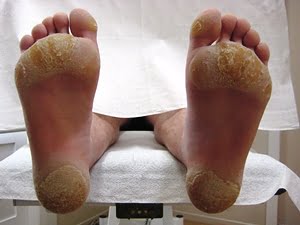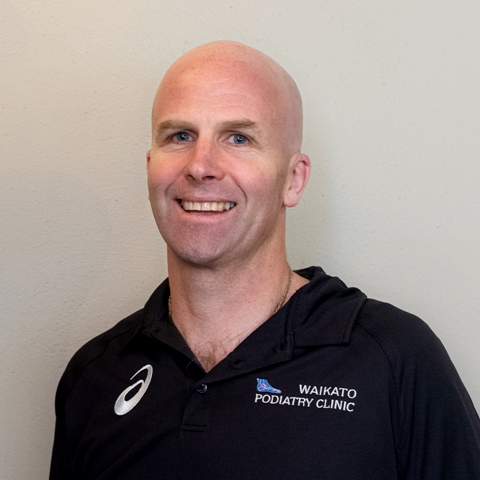Corns & Callouses
Corns
Corns (heloma) are multiplied skin cells at a focal point of pressure. They usually occur around the joints of toes, in between toes from rubbing, as well as on the soles of the feet where there is excess pressure. They may also occur under a section of callus. Essentially, corns are a mass of dead skin cells within a callus. The body considers the core as a foreign body and can be very painful.
Treatment
Corn pads from pharmaceutical companies should be avoided because the acid on the pads can cause damage to healthy tissue surrounding the corn. Corns require skilled removal with sterile instruments, which is usually painless. We call this debridement and “enucleation” of the core. At Waikato Podiatry we can remove your corn and supply you with the means to reduce the rate of recurrence keeping you comfortable for longer. We have specialised products to help reduce the amount of friction and pressure upon a joint, as well as range of creams that may help with your problem. Speak to us about products and offloading for pressure redistribution as well as appropriate fitting footwear.
Callouses
 Callouses are a thickening of the stratum corneum (the outer most layer of the epidermis/skin). Callouses are caused by excessive pressure and friction; often due to foot shape and footwear. Because the human body is resilient and will try to protect you from pressure, it will lay down more skin to try and protect the area from injury. However, as the skin layers build up, the pressure is increased and therefore may result in pain or discomfort. Callouses can affect anyone especially if you are active!
Callouses are a thickening of the stratum corneum (the outer most layer of the epidermis/skin). Callouses are caused by excessive pressure and friction; often due to foot shape and footwear. Because the human body is resilient and will try to protect you from pressure, it will lay down more skin to try and protect the area from injury. However, as the skin layers build up, the pressure is increased and therefore may result in pain or discomfort. Callouses can affect anyone especially if you are active!
Treatment
Callouses can be treated by scalpel debridement (the skilled removal by your podiatrist), which can reduce the pain by a significant amount. In most patients, this is usually sufficient. However, speak to us if you are interested in ways of reducing pressure from the area to reduce the reocurrence. Our interventions include specific types of padding, insole modification, footwear recommendations and orthotic intervention.

